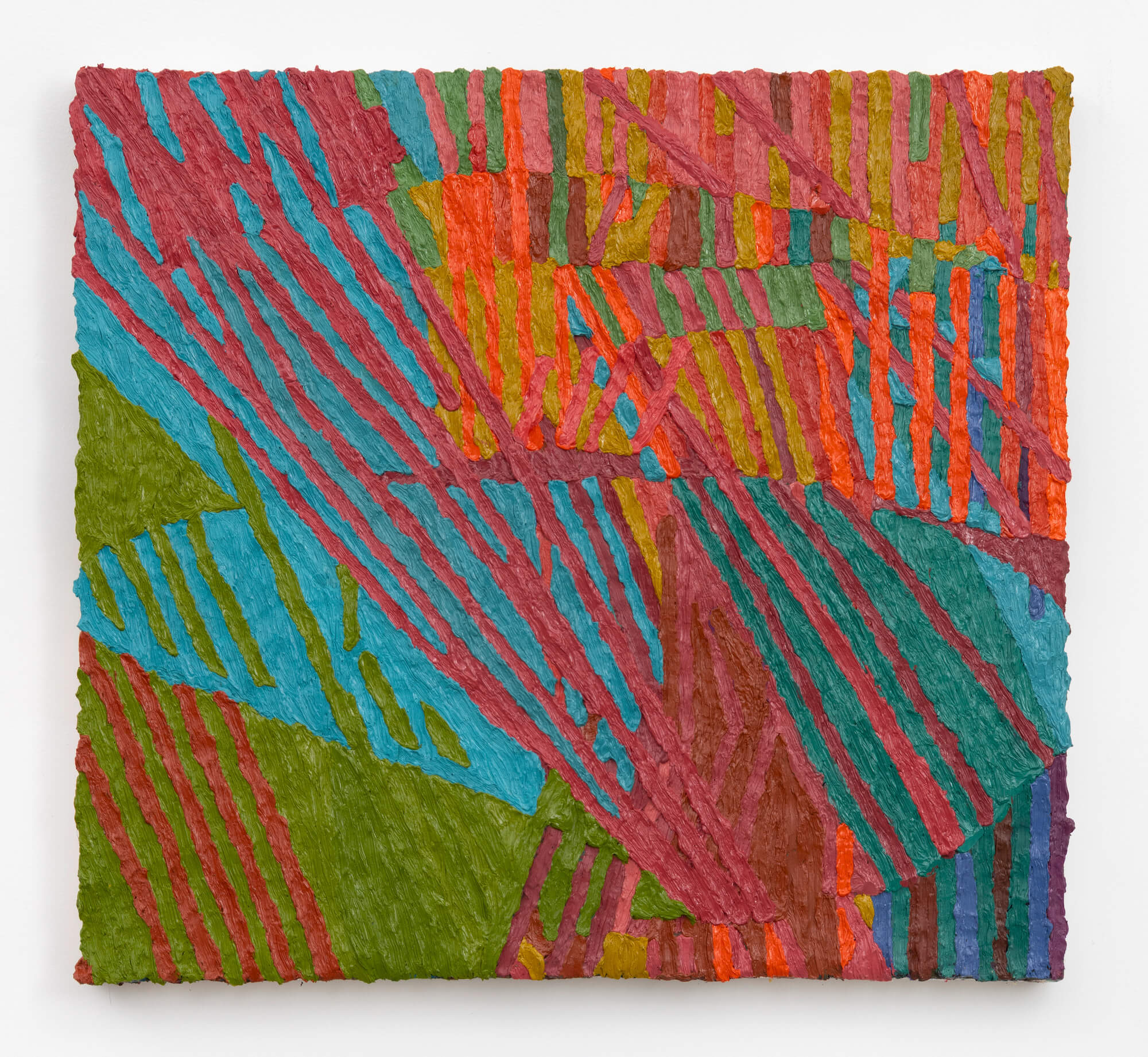Originally written in 2015 for the Backstory series on the Tilted Arc blog, this essay was revised and expanded in the fall of 2022 and included in the catalogue for my solo exhibition Profusion at Elizabeth Harris Gallery, New York.
Notes on Profusion
Pourtant je place aux cieux les ébats d’un esprit;
Je vois dans leur vapeurs des terres inconnues …
– Paul Valéry, Profusion du soir
An invisible breeze animates and orders Renoir’s Luncheon of the Boating Party (1880-81). The airflow cannot be seen, but it can be felt moving through and around the figures, establishing their positions and gestures. The awning flaps and the trees sway. Even the light follows, flickering back and forth across surfaces as shadows shift with the wind. The luncheon barely holds the tablecloth in place. The air pushes, pulls, and lifts. A living, breathing, self-supporting structure, it raises the entire scene in three-dimensions, floating it in front of us as a tangible experience.

Pierre-Auguste Renoir, Luncheon of the Boating Party, 1880-1881, oil on canvas, 51 1/4 x 69 1/8 inches (courtesy of the Phillips Collection)
In front of Renoir’s picture I recognized a truth: as an abstract painter, I need a model whose painterly world transports the viewer into a continuous present moment, alive with a vivid, expansive sensation of being.
To aim for a more complete expression of reality is not at odds with abstraction. Reality in abstract painting exists where what is seen impacts the body physically, where space visually navigated can be felt. By this definition, Renoir’s painting is as abstract as any work ever painted. We recognize the relationships of the painting through an invisible, natural force.
Renoir’s vision for the painting matches the complexity of the scene before him. But how does he do it? How did he arrive at an evocation of the profusion of Nature that surpasses that of any other painting I’ve encountered? His writing offers some clues:
“Nature,” he wrote, “is made up only of irregularity… her essence, her absolute principle, from the terrestrial globe … right down to ourselves.”
In another note, he expands further:
“As if irregularity weren’t enough, the wind came along and got involved and the rain, along with the clouds and the sky, day, morning, evening, and night etc. … that never stay still for a minute, the rising and the setting of the sun, all of this completed by the glorious rainbow, as if to say to painters, here is your palette.”
We have our answer. As his friend, the poet Paul Valéry, wrote: Renoir “reconciles the pleasure of the eye with that of the other senses and, in a way, paints … the whole of life.” The “whole of life” in a painting, however, is not reality; it is an imaginative construction.
Painters understand an openness to Nature simply as “seeing.” Seeing makes imagination possible. Sargy Mann, a painter whose work and ideas are of great interest to me, devoted his entire life to exploring visual perception. Losing his sight later in life, he found that not only could he still paint, but his paintings continued to improve. He was free to imagine from a lifetime of seeing.
Wallace Stevens addresses imaginative abstraction in the poem Someone Puts a Pineapple Together. The opening lines find the young poet contemplating a painting. He understands that it is “A wholly artificial nature, in which / The profusion of metaphor has been increased.” A nature imagined from the senses creates a profusion of its own, a meaning in itself. In Description without Place, Stevens alludes to imagination as Nature increased:
A little different from reality:
The difference we make in what we see
And our memorials of that difference,
Sprinklings of bright particulars from the sky.
Stevens’ “bright particulars” are Renoir’s irregularities. They are the source of those “differences we make” in a work of art, the surprises of form that spur the imagination.
I take Renoir’s advice literally: “here is your palette.” It is the profusion beyond the window, the palm and the forest, a field of light that glitters like pin pricks.
As an artist I don’t try to move forward in my work so much as expand outward the realm of what I can see. My ambition as a painter is to address an ever widening circle of experience, to see the profusion, and then imagine it as a painting.
Brett Baker
October 2022
